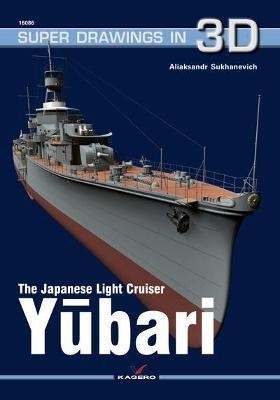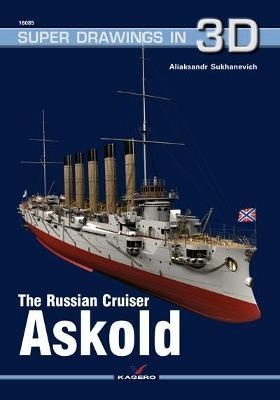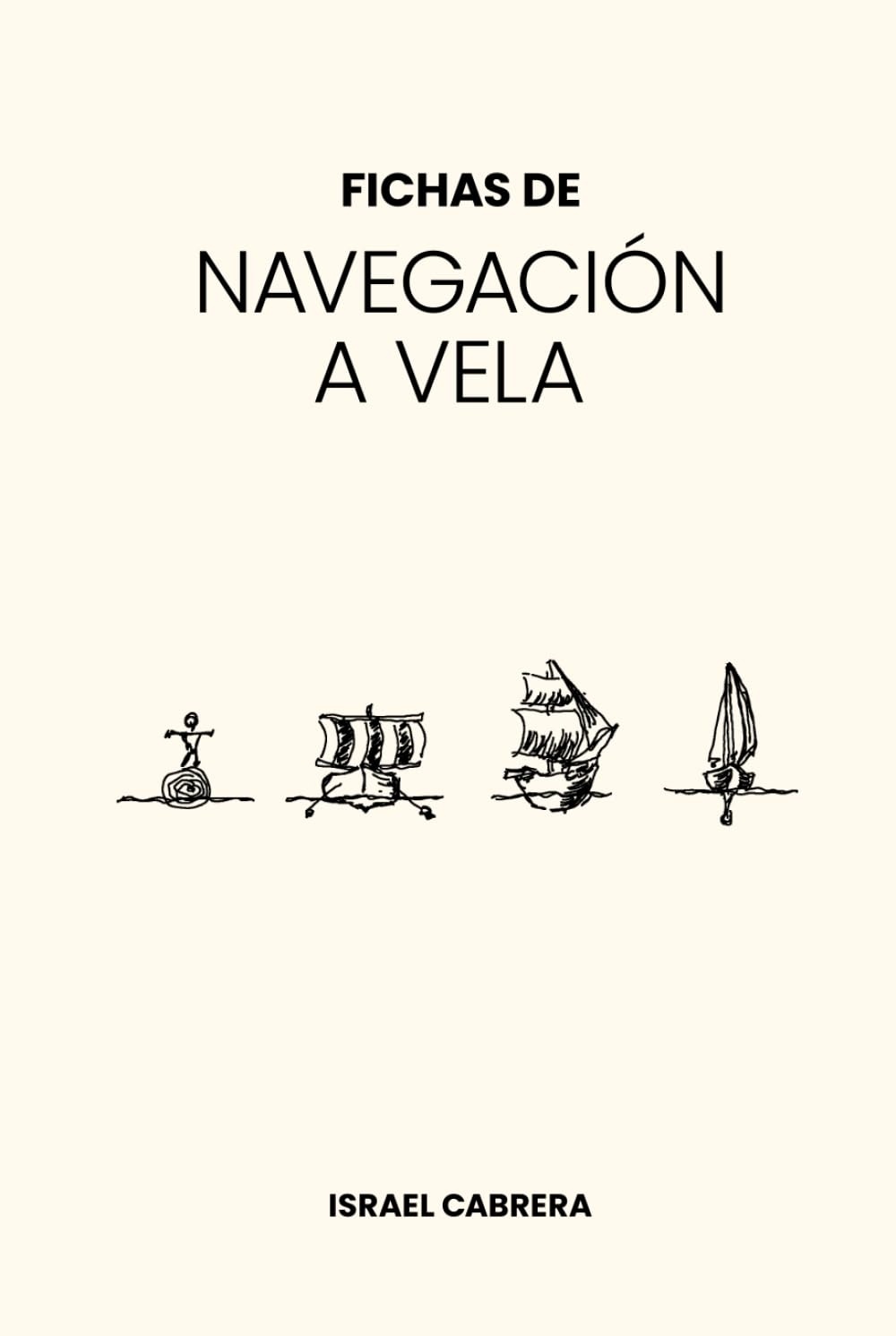The Japanese Light Cruiser Yubari
Sukhnevich, Alexander

Formato papel
[Sin existencias. Plazo de entrega breve]
PVP. 19,00€
The Japanese Light Cruiser Yubari
Sukhnevich, Alexander
FICHA TÉCNICA
- Editorial: Kagero
- ISBN: 978-83-666-7390-8
- Fecha de edición: 2022
- Nº edición: 1
- Idioma: Inglés
- Dimensiones:
0 cm x 0 cm
- Nº páginas: 0
- Materias: Modelismo naval / modelismo naval planos /
Yubari, the smallest of Japanese cruisers built after World War I, was in fact an experimental design. The ship was intended as a test bed for new technologies to be employed in the construction of the future Furutaka class heavy cruisers. The ship's lead designer Fujimoto Kikuo, working under the supervision of the Imperial Navy's chief naval architect Hiraga Yuzuru, set out to create a fast and heavily armed cruiser with the lightest displacement possible. What emerged was a vessel capable of the same speed, range and broadside weight as those of 5,500 ton ships, but with a significantly lower displacement.
The construction of the cruiser was initially authorized under the 1917 8-4 Fleet Program, but funding wasn't available until the launch of the 1921 8-6 Fleet Program, where the ship was listed under the name Ayase. The blueprints were formally approved in October 1921 and on December 23, 1921 the ship was renamed Yubari - a reference to the river Yubarigawa in Hokkaido. Sea trials of the cruiser confirmed her expected sea keeping characteristics, but also showed she was overweight - not an uncommon feature for Japanese designs. After she had been completed, Yubari's normal displacement (with a 25 percent fuel reserve) was 419 tons (14 percent) above the design figures. This had a detrimental effect on the ship's speed. During a one-mile run carried out on July 5, 1923 Yubari (displacing 3,463 tons) reached the top speed of 34.786 kt with the machinery producing 61,336 hp at 409.87 rpm. With 75 percent of fuel on board, the cruiser's draft increased by 61 cm, which increased drag and resulted in the drop of speed below the expected 35.5 kt.
Formato papel
[Sin existencias. Plazo de entrega breve]
PVP. 19,00€
Otros libros de Sukhnevich, Alexander
-
[Sin existencias. Plazo de entrega breve]
PVP. 22,00€
Libros Recomendados
-
[En stock. Entrega en 24 / 48 horas]
PVP. 24,00€




